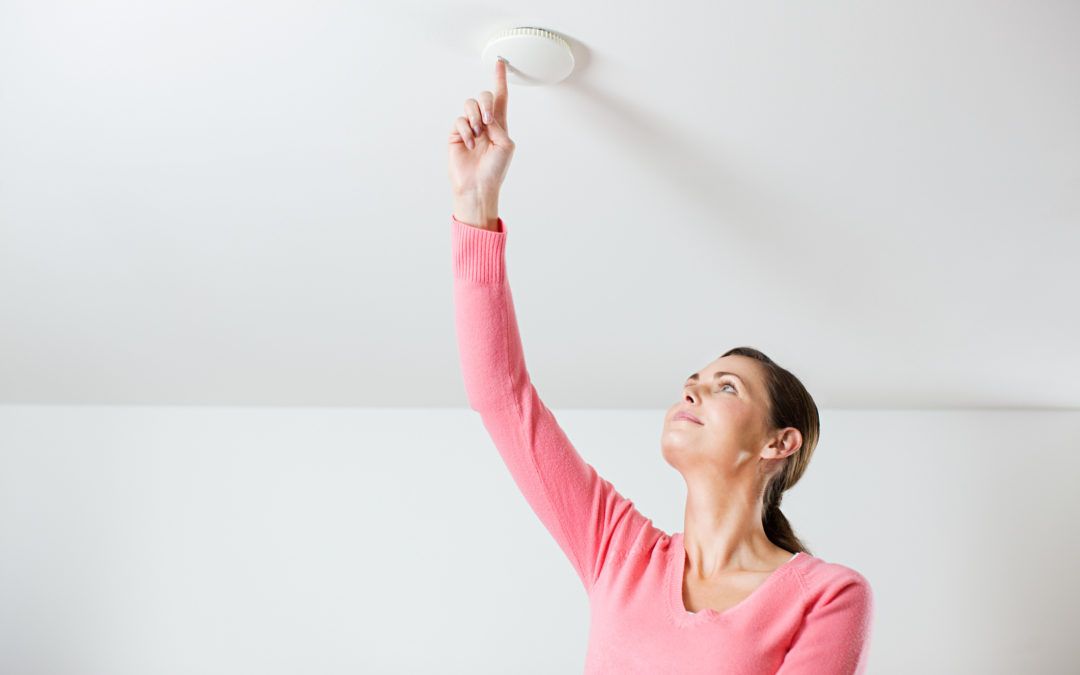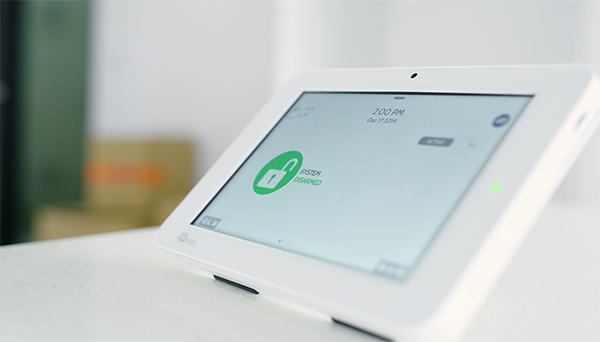With approximately 30 percent of house fires occurring during the winter months, working smoke alarms are undoubtedly, the most effective way of keeping you and your loved ones safe from a house fire. They provide an all-important early warning signal, enabling your household to evacuate before the fire takes hold completely.
Now that winter has set in, more people are relying on heaters and other appliances to stay warm. However, with electrical appliances and faults responsible for 40 percent of house fires, the increased use of electricity during winter can put homes at increased risk of fire. If you haven’t checked your smoke alarms recently, do so now before it’s too late.
Here we run through everything you need to know.
What type of smoke alarm should I install?
There are two main types of smoke alarm technology – photoelectric and ionisation.
Photoelectric works by detecting slow smouldering fires and dense smoke whilst ionisation responds quickly to fast flaming fires that produce very little visible smoke. Carbon Monoxide (CO) detectors are also important as they will sense the colourless, odourless carbon monoxide gas which is often fatal and can be a source of combustion.
Every Australian home is required by law to have a working smoke alarms that complies with Australian Standards AS3786. However, different states have slightly different requirements so check out what’s recommended for your home here.
ADT Security can integrate smoke alarms into an existing monitored home security system. This means that if the smoke alarm is triggered, ADT Security’s response centre will send the homeowner a notification which is particularly beneficial when there’s no one at home when a smoke alarm sounds. Not only does this provide 24/7 back-up protection against a house fire, it also automatically sends a notification and provides a visible reminder on the alarm panel when the battery needs changing.
Where should smoke alarms be positioned?
A smoke alarm unit should be installed on every level of the home and on or near the ceiling of every corridor leading to a bedroom.
On levels without bedrooms, smoke alarms should be installed in the path of travel that people would likely take to evacuate the building. However, for optimum protection, Fire and Rescue NSW recommends installing interconnected alarms, and installing them in every bedroom, living space (including stairways and hallways) and even garages.[1]
Interconnected alarms are either hardwired into the home or communicate with each other through wireless technology. If an alarm senses smoke at one part of the house, every alarm in the house will be triggered.
How to test and maintain smoke alarms
If you haven’t already tested your smoke alarm, now is the time to do it. Simply press the test button to ensure that both the alarm and battery are working and, if it has a power light, check this is constantly on.
Once a year replace the batteries (if it is a battery-operated) and every ten years replace the entire alarm unit as their sensitivity will reduce over time. If you rent your property, it is your responsibility to replace smoke alarm batteries. Fire and Rescue and some local councils offer a battery replacement service for those with a disability or people aged over 65. All hard-wired smoke alarms must only be replaced by a licensed electrical contractor.
Schedule regular maintenance: Test your alarm(s) once a month and clean them with a vacuum cleaner every six months to remove any dust particles that might prevent it from working or cause it to trigger a false alarm.
False alarms and how to prevent them
Aside from dirt and dust particles which can reduce the effectiveness of the alarm, steam should also be avoided to reduce false alarms. Make sure you always open the window or turn the extractor fan on when you have a shower.
High humidity can also trigger the sensors if water vapours make their way inside the unit. If this happens, try using a hairdryer to dry it out. Finally, if your alarm is chirping away at regular intervals, your battery likely needs changing so make sure you purchase one as soon as possible and change it as per the smoke alarm’s instruction manual.
Don’t leave things to chance, stay safe all year round by checking and maintaining your home’s smoke alarms.





